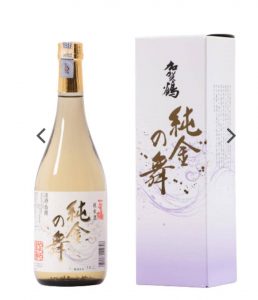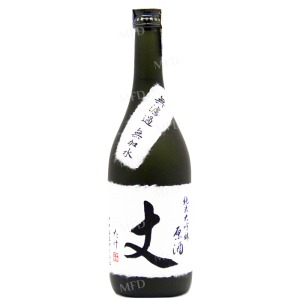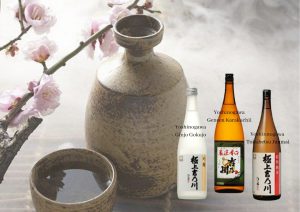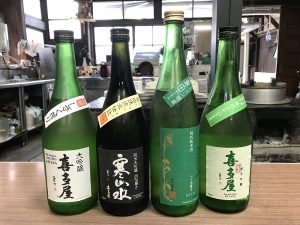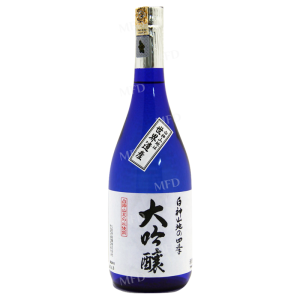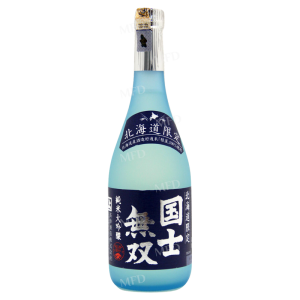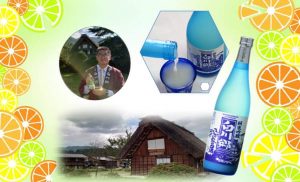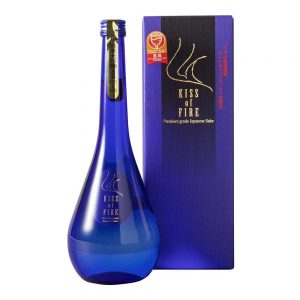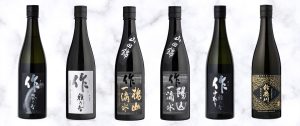
The Story of the White Sake
Beginning of Part 2
Thinking always of his father, Koyuri unslung his gourd, reported his father’s illness, and begged for saké. The red man took the gourd, and filled it. After expressing gratitude, Koyuri ran off delighted. ‘Here, father, here!’ said he as he reached his hut: ‘I have got you the saké, the best I have ever seen, and I am sure it tastes as good as it looks; try it and tell me!’
The old man took the wine and drank greedily, expressing great satisfaction, and said that it was indeed the best he had ever tasted. Next day he wanted more. The boy found his two red friends, and again they filled the gourd. In short, Koyuri had his gourd filled for five days in succession, and his father had regained spirits and was almost well in consequence.
Now, there lived in the next hut to Yurine an unpleasant neighbour who also was fond of saké, but too poor to procure it. His name was Mamikiko. On hearing that Yurine had been drinking saké for the last five days he became furiously jealous, and, calling Koyuri, asked where and how he had procured it. The boy explained that he had got it from the strange people with red hair who had been living near the big pine tree for some days past.
‘Give me your gourd to taste,’ cried Mamikiko, snatching it roughly. ‘Do you think that your father is the only man who is good enough for saké?’ Putting the gourd to his lips, he began to drink; but he threw it down in disgust a second later, and spat out what was in his mouth. ‘What filth is this?’ he cried. ‘To your father you give the most excellent saké, while to me you give foul water! What is the meaning of it?’ He gave Koyuri a sound beating, and then told him to lead the way to the red people on the beach, saying, ‘I will beat you again if I don’t get some good saké; so you had better see to it!’
End of Part 2
…to be continued.
How do you define the taste of sake? While some may gag in disgust, there are others who will lavish the exquisiteness of a fine drink on their lovers. As with all fine liquor, drinking sake is like seduction: a little at a time, to taste; to feel the smoothness of the liquid as it flows down the throat, warming your body, and deepening your mental clarity for the one you desire.
Grab your bottles of sake from MFD.
